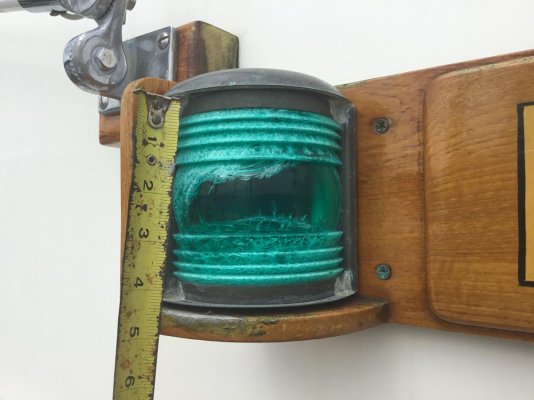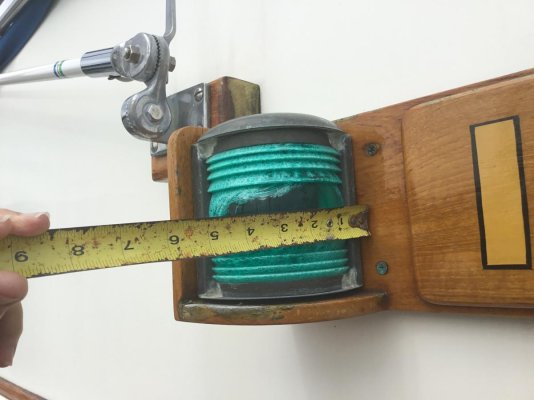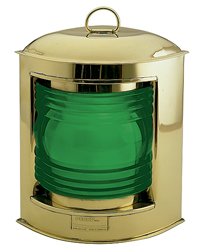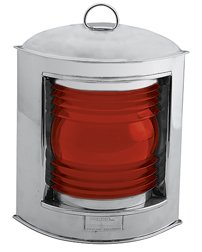Gbinterim
Senior Member
Hi fellow trawler enthusiasts. I have a Grand Banks 36 that has running lights that need attention. I would like to keep the old stylelense, however I’m not able to locate a good set. Any and all suggestions welcome.
Thanks to all.
Thanks to all.






